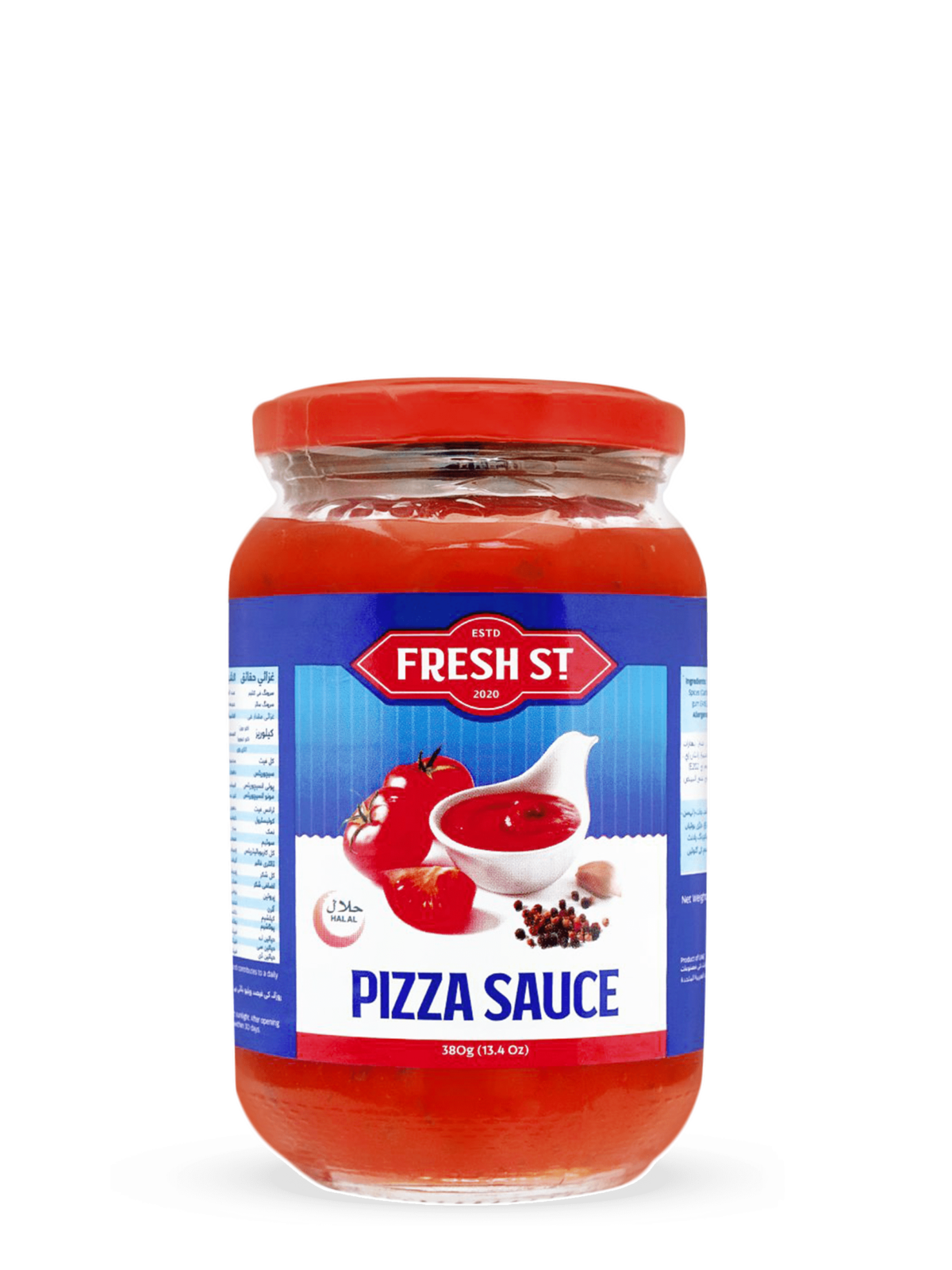Introduction
Pizza sauce price, a key component in creating the perfect pizza, is essential for imparting flavor and moisture to the crust and toppings. Understanding the pricing dynamics of pizza sauce provides valuable insights into its market availability, quality variations, and factors influencing its cost.
Exploring the nuances of pizza sauce—from its ingredients and production to its culinary uses—offers a comprehensive overview for consumers, pizzerias, and culinary enthusiasts alike.
Current Market Dynamics of Pizza Sauce
The pricing of pizza sauce varies based on several factors, including brand reputation, quality of ingredients, and packaging size. On average, the cost of pizza sauce ranges from PKR 200 to PKR 500 per kilogram, depending on whether it is sold in cans, jars, or pouches.
Higher-priced sauces often emphasize premium ingredients like vine-ripened tomatoes, herbs, and spices, while more affordable options may feature simpler formulations. Seasonal fluctuations in tomato prices and import costs for specialty ingredients can also impact pizza sauce pricing in Pakistan.
Factors Influencing Pizza Sauce Prices
Several factors influence the pricing of pizza sauce in Pakistan’s market. Ingredient Quality is a primary determinant, with sauces containing premium tomatoes and gourmet herbs commanding higher prices due to enhanced flavor profiles.
Production Methods and Packaging also play crucial roles, as sauces made with traditional cooking methods or in small batches may be priced higher for their artisanal appeal. Brand Reputation and Distribution Costs contribute to pricing variations, with established brands and imported sauces often priced at a premium compared to local or generic alternatives.
Culinary Uses and Application
Pizza sauce price serves as the foundation for creating flavorful pizzas, enhancing the overall taste and texture of the dish. In addition to pizzas, it can be used as a versatile ingredient in pasta dishes, calzones, and as a dipping sauce for breadsticks or appetizers.
The sauce’s balanced acidity and robust tomato flavor complement a variety of toppings, from classic margherita pizzas to gourmet combinations featuring meats, vegetables, and cheeses. Its convenience and culinary versatility make pizza sauce a staple in both home kitchens and professional pizzerias across Pakistan.
Varieties and Specialty Products
Pizza sauce is available in various formulations to cater to different tastes and culinary preferences. Traditional pizza sauces feature a smooth consistency with visible herbs and spices, providing a classic Italian flavor profile.
Gourmet varieties may include organic ingredients, fire-roasted tomatoes, or specialty blends of Mediterranean herbs for an elevated taste experience. Some sauces may also cater to dietary preferences, such as gluten-free or low-sodium options, offering consumers a range of choices to suit their nutritional needs and culinary preferences.
Consumer Considerations and Preferences
When selecting pizza sauce, consumers often prioritize factors such as taste, consistency, and ingredient quality. Premium sauces marketed as authentic Italian or artisanal may appeal to those seeking gourmet flavors and culinary authenticity.
Budget-conscious consumers may opt for value-priced options that offer good quality and convenience for everyday use. Preferences for organic, all-natural, or locally sourced ingredients also influence purchasing decisions, reflecting broader trends towards health-conscious eating and sustainable food practices in Pakistan’s culinary landscape.
Conclusion
Pizza sauce plays a pivotal role in enhancing the culinary experience of pizza lovers in Pakistan, offering a versatile and flavorful addition to homemade and restaurant-quality pizzas. By understanding the pricing dynamics and factors influencing pizza sauce costs, consumers and culinary professionals can make informed choices.
When selecting sauces that meet their quality standards and taste preferences. As an essential ingredient in pizza making, pizza sauce continues to evolve with consumer tastes and preferences, contributing to the enjoyment of one of the world’s most beloved comfort foods.

